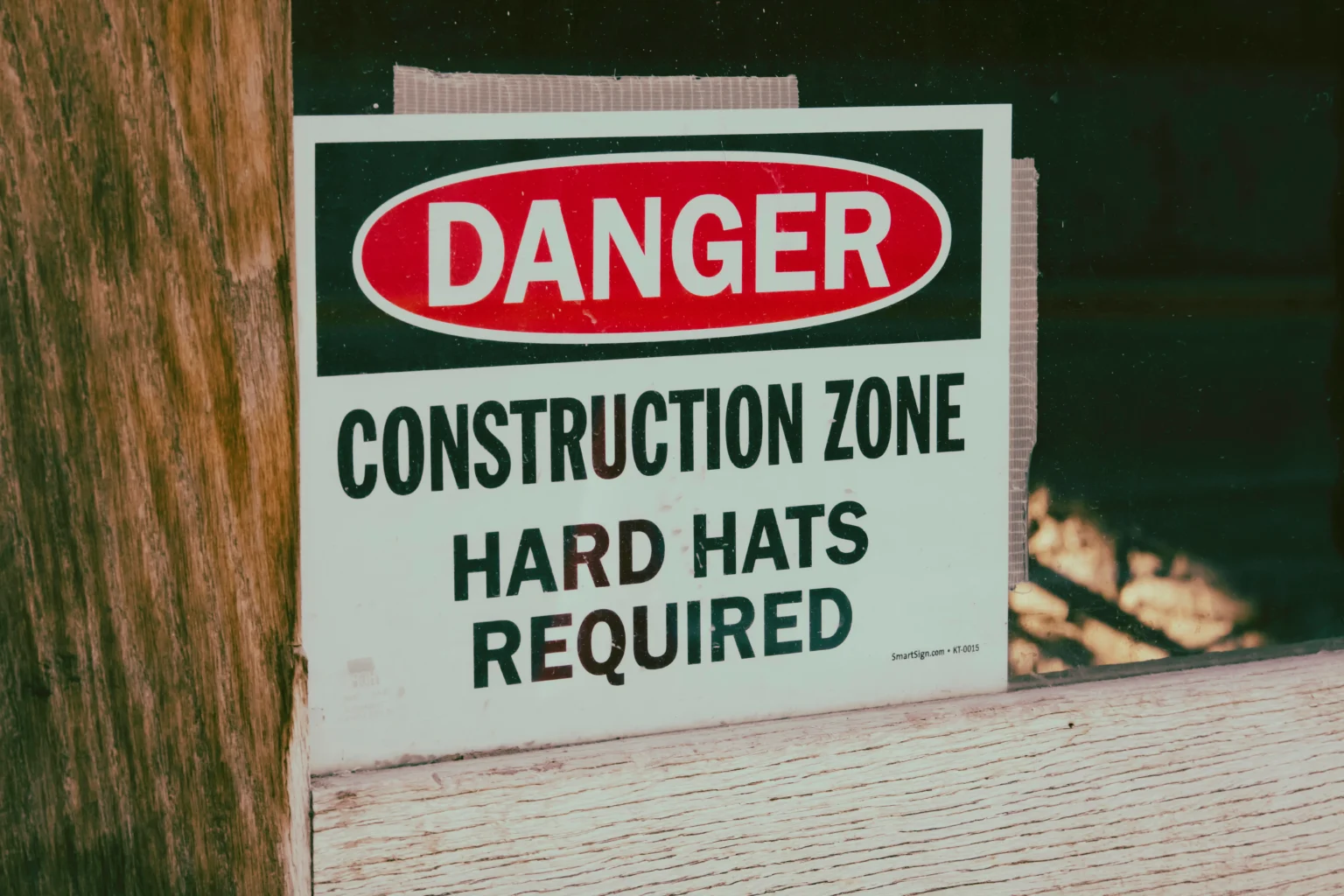Workplaces are more than just places where people earn their income. They shape daily routines, influence lifestyles, and contribute to overall well-being. Yet, these environments often carry risks that can remain unnoticed for years.
According to the International Labor Organization, some three million individuals lost their lives due to work-related accidents and diseases. This represents a 5% increase compared to 2015, indicating a growing hazard. Moreover, around 395 million people sustained nonfatal work injuries.
While some dangers are apparent, such as heavy machinery or slippery floors, others are harder to detect. These hidden risks can quietly harm workers, creating health problems that only become apparent long after exposure has occurred.
The long-term effects of workplace hazards are not limited to a single industry or profession. From construction sites and factories to offices and the transportation sector, workers face varying levels of exposure depending on their environment. Even jobs that appear relatively safe can carry risks, such as poor air quality or prolonged sitting.
This broader view reveals that hidden workplace dangers are not isolated problems, but rather challenges that span multiple industries and require ongoing attention.
How Hidden Risks Build Over Time
The most dangerous workplace hazards are not always those that cause immediate accidents. Long-term exposure to chemicals, fumes, or poor ventilation can slowly damage the body.
Consider the example of the US workforce. The US Bureau of Labor Statistics shows that 2.6 million nonfatal injuries and illnesses occurred in the private sector in 2023. The overall rate of nonfatal injuries with days away from work was 0.9 per 100 workers. It was high in states like Hawaii (1.6), Oregon (1.5), and Vermont (1.5).
Many workers become accustomed to their surroundings and view certain risks as part of their job, without realizing the harm they can cause. Even a minor daily exposure, when repeated over the years, can accumulate to significant health problems.
Some of the strongest evidence of this connection comes from industries with a history of hazardous environments, such as the railway industry. According to Gianaris Trial Lawyers, railroad workers can be exposed to toxic chemicals such as benzene, diesel exhaust, and asbestos, among others. Some workers have even developed various forms of cancer due to the exposure.
A well-documented example is colon cancer. Workers have even filed a railroad lawsuit for colon cancer, alleging their health conditions are due to daily contact with toxic substances. Cases like these highlight how hidden hazards do not just affect the present; they can echo across decades.
Can minor exposures really make a difference if they seem harmless?
Yes, even minor exposures can accumulate into serious health problems. For example, inhaling a small amount of dust or fumes daily may seem insignificant at the moment. However, over time, it can damage lung tissue or digestive organs, leading to chronic conditions that may not become apparent until later.
The Long Shadow of Occupational Diseases
The immediate results of accidents are usually seen only in a few industries. For instance, people working in a manufacturing plant or on a construction site are more vulnerable to such incidents.
According to the Texas Department of Insurance, falls, electrical shocks, and being hit by an object are the most common causes of accidents. These incidents usually result in immediate physical impact on the victim’s body.
However, the longer shadows of workplace hazards appear in the form of serious illnesses. Cancer, respiratory diseases, and chronic joint problems are among the conditions most commonly tied to unsafe environments.
These illnesses rarely develop overnight. Instead, they progress silently, making it difficult for workers to recognize the danger until the condition has already advanced.
Consider the example of firefighters. As noted by the Washington State Department of Labor & Industries, firefighters have to work in environments that have:
- Compressed gasses
- Fire, heat, and smoke
- Flammable atmospheres
- Toxic chemicals and particles in the air
They are also exposed to Per- and Polyfluoroalkyl Substances (PFAS) when using aqueous film-forming foam (AFFF) to fight liquid fires. Many PFAS chemicals used in AFFF are known carcinogens.
The delay between exposure and illness also creates challenges in assigning responsibility. Workers may struggle to prove that their health problems came from a job they left years earlier. This disconnect often leads to frustration, legal battles, and financial strain as families work to cover medical costs.
Why are occupational diseases often harder to diagnose than accidents?
Accidents are immediate and visible, while occupational diseases progress slowly and often mimic common health problems. A worker with fatigue or stomach pain may dismiss it as lifestyle-related, not realizing it stems from workplace exposure. This delay complicates diagnosis and makes treatment less straightforward.
Why Awareness Matters
Awareness is one of the most powerful tools against hidden workplace risks. When employees understand how hazards can affect their long-term health, they are more likely to take precautions and seek medical guidance early. Regular health screenings, protective equipment, and training programs can help reduce exposure and catch illnesses before they progress too far.
Employers also benefit from raising awareness. Companies that prioritize safety not only protect their workers but also strengthen their reputation, reduce legal risks, and create a more stable workforce. By openly discussing potential hazards, organizations can prevent the silent accumulation of health problems and show that they value the well-being of their employees.
They can also use resources available on the internet to ensure utmost safety in the workplace. For instance, the Centers for Disease Control and Prevention (CDC) has created a field epidemiology manual for occupational disease and injury. This includes information on awareness, resources to contact, investigation, workplace inspections, and other relevant details.
Is awareness enough to prevent long-term illness?
Awareness is a starting point, but it is not enough on its own. Workers can know about risks yet still lack access to protective gear, medical monitoring, or supportive workplace policies. Awareness becomes effective only when combined with action at both organizational and individual levels.
The hidden dangers of workplace hazards extend far beyond immediate injuries. They shape long-term health outcomes, sometimes appearing decades after the exposure began. Whether through physical illness, psychological stress, or financial strain, the consequences are real and lasting.



